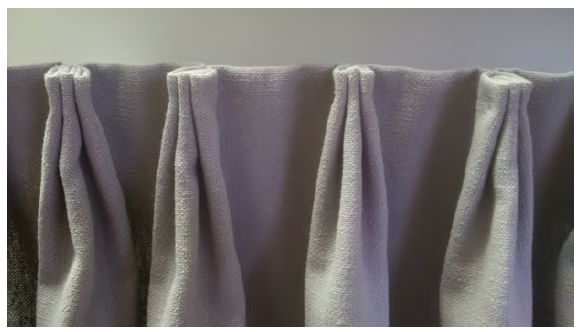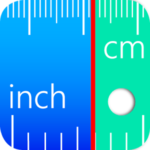Heading Options
Pinch Pleat
-
traditional look
-
2 or 3 prong
Tack Top
-
updated traditional
Inverted Box Pleat
-
best used for side panels
-
tailored look
Ripplefold
-
most modern look
-
great for large operable draperies




1. Pinch Pleat (two-prong or three-prong)
A traditional and classic choice for your drapery heading. A pinch pleated panel should be done at 2.5 times fullness (except for shears which are always 3 times full). You can also choose to do a two-prong pinch or a three-prong pinch pleat. A three-prong is the classic and most popular option, but a two-prong is a bit simpler and more contemporary. Any of these options are timeless and will not disappoint.
2. Tack Top Pleat (double or triple)
A top tack pleat is similar to the pinch pleat, except that the pinch is at the very top of the pleat. This creates great volume on the finihsed piece and is a more modern version of the pinch pleat. Similar to the pinch, this heading is available in a double or triple top tack. Top tack pleated panels should be done at 2.5 times fullness (triple top tack can be made up to 3 times full).
3. Inverted Box Pleat
An inverted box pleat is the most contemporary option for pleats that we offer, but it does not always work depending on the fabric you choose. Often when using a striped fabric, clients like to line the stripe up to the pleat, but this rarely works with inverted pleats. We generally recommend not using stripes with an inverted pleat as it is very difficult to lineup. An inverted pleat is done at 2 or 2.5 times fullness.
4. Ripplefold
Ripplefold is not a pleat at all, but it is a heading that has become very popular. For a client that wants a very contemporary and simple look, this is a clean option. Ripplefold draperies are generally made at 2 times fullness.
*At the end of the day, the heading decision is completely personal and is chosen based on the overall look you hope to achieve in the space.

